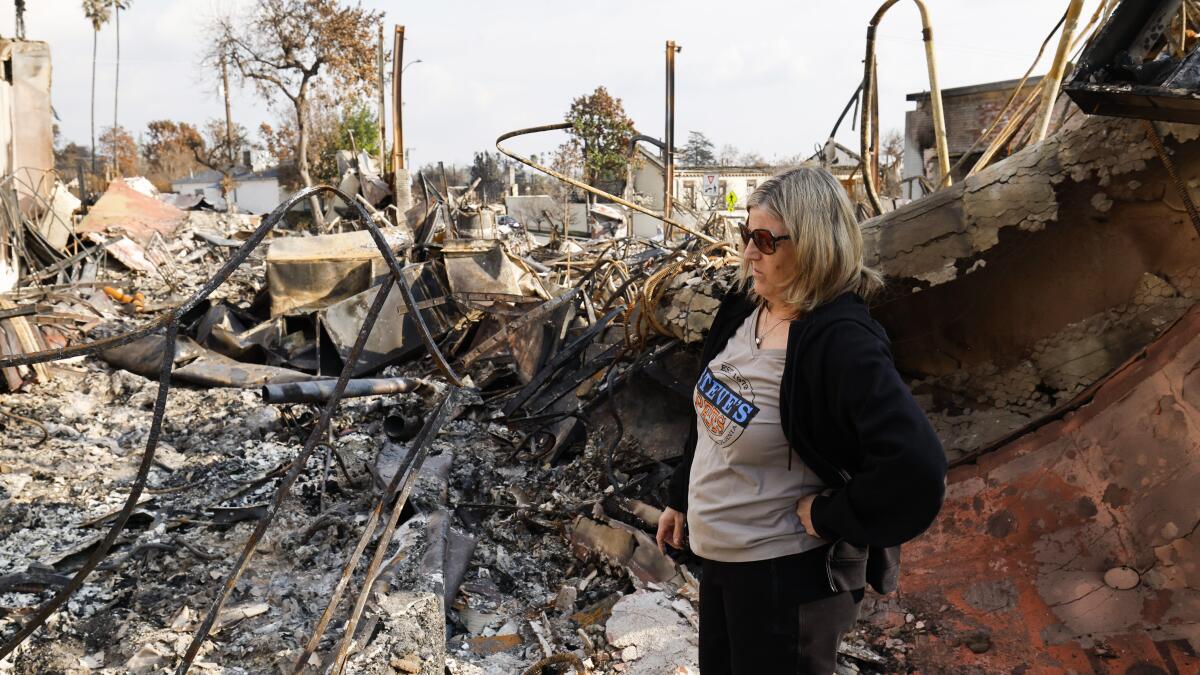Flames and Fears: Altadena's Small Businesses Struggle to Rebuild After Devastating Blaze

In the wake of the devastating Eaton fire, local small businesses are facing a complex and challenging recovery landscape. While some enterprises were physically destroyed, leaving charred remnants where vibrant storefronts once stood, others are experiencing a less visible but equally devastating impact.
These "silent casualties" represent businesses that survived the flames but now struggle with significant operational disruptions. Unlike the visibly burned structures, these enterprises appear intact from the outside, yet they are effectively paralyzed by the disaster's ripple effects.
The community's economic resilience is being tested as business owners navigate complex insurance claims, supply chain interruptions, and the sudden loss of customer traffic. Some entrepreneurs are working tirelessly to restore their livelihoods, while others are uncertain whether they can rebuild.
Local support networks and community organizations are stepping up, offering resources, temporary assistance, and emotional support to help these businesses weather the crisis. The road to recovery will be long and challenging, but the spirit of community solidarity remains strong.
As Eaton slowly rebuilds, these small businesses represent more than just economic entities—they are the heartbeat of local commerce, personal dreams, and community identity. Their struggle and potential revival will be crucial in determining the town's economic and social recovery.

